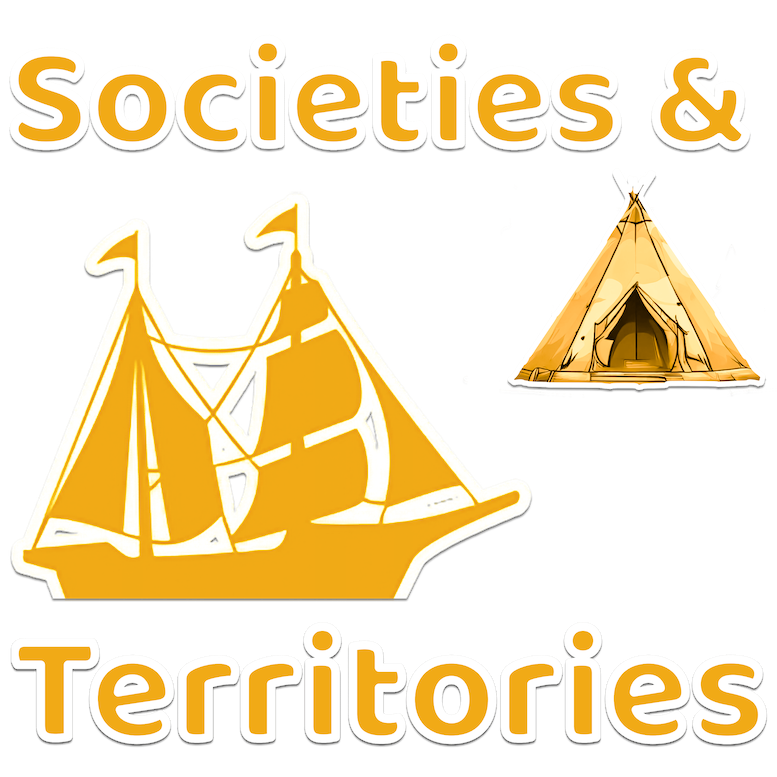Beginning in the 1650s, many Indigenous people who had been converted to CatholicismCatholicism - Catholicism refers to the catholic religion. Catholics believe in the bible and that Jesus... came to settle in the St. Lawrence Valley near the settlements of French colonists around Québec City, Trois-Rivières and Montréal. These peoples were referred to as “domiciled”, which means to treat a new region as ones permanent home.
Seven of these Indigenous villages still exist today.
French missionaries could be found in all these villages. They would even have a chapel built. The Catholic religion played an important role in community life. The French were happy to have these Indigenous villages nearby because the domiciled Indigenous people helped to protect the colonyColonizationColonization occurs when one country takes control of another country, territory, or people. It happens when... and participated in the fur tradeTrade is when we buy, sell, or just exchange goods (things, foods, etc.) or services (helping....
The Huron-Wendat of Jeune-Lorette (Wendake)
The Huron-Wendat were the first Iroquoians to seek refuge near Québec City in 1650. They settled for good at Jeune-Lorette in 1697, where a Huron-Wendat community can still be found today.
It was in Wendake where Indigenous people had a lifestyle that most closely resembled that of the inhabitants of French origin. Many of them had abandoned the longhouse for a “Canadian” home. Their clothes were also similar to those of the inhabitants in neighbouring Québec City.
Kanienʼkehá꞉ka villages: Kahnawake, Kanesatake and Akwesasne
Kanienʼkehá꞉ka is the self-identified name of the Mohawk Nation Kanienʼkehá꞉ka are part of the Haudenosaunee, which was sometimes called the Iroquois ConfederacyThis is a group of people or nations or tribes or provinces that form an "alliance"...., the Five (now Six) Nations ConfederacyThis is a group of people or nations or tribes or provinces that form an "alliance"...., or the Iroquois.
The Haudenosaunee started arriving in the St. Lawrence Valley in the 1660s. The first village and the one that remained the largest was Kahnawake.
Around 1745, most of the homes in Haudenosaunee villages were still longhouses. In Kanesatake, however, some Canadian homes had started to appear. Following the example of the colonists, more and more Indigenous people had begun to raise domestic animals and own horses, particularly in Kahnawake.
The Iroquois of these villages remained in close contact with the Haudenosaunee to the south, who had remained on their territoryA territory is an area of land, or sometimes of sea, that we can say "belongs"... and had not converted to CatholicismCatholicism - Catholicism refers to the catholic religion. Catholics believe in the bible and that Jesus....
AuthorAuthor - A person who writes something Auteur - Une personne qui écrit quelque chose: Service national du Récit de l’univers social. Adaptations by LEARN.
Notes:
The Tuscarora were accepted in 1722 as the Sixth Nation of the Iroquois ConfederacyThis is a group of people or nations or tribes or provinces that form an "alliance"...., or Haudenosaunee.
The Wendat people were often called Huron by the European settlers, but now we try to use Huron-Wendat instead.


